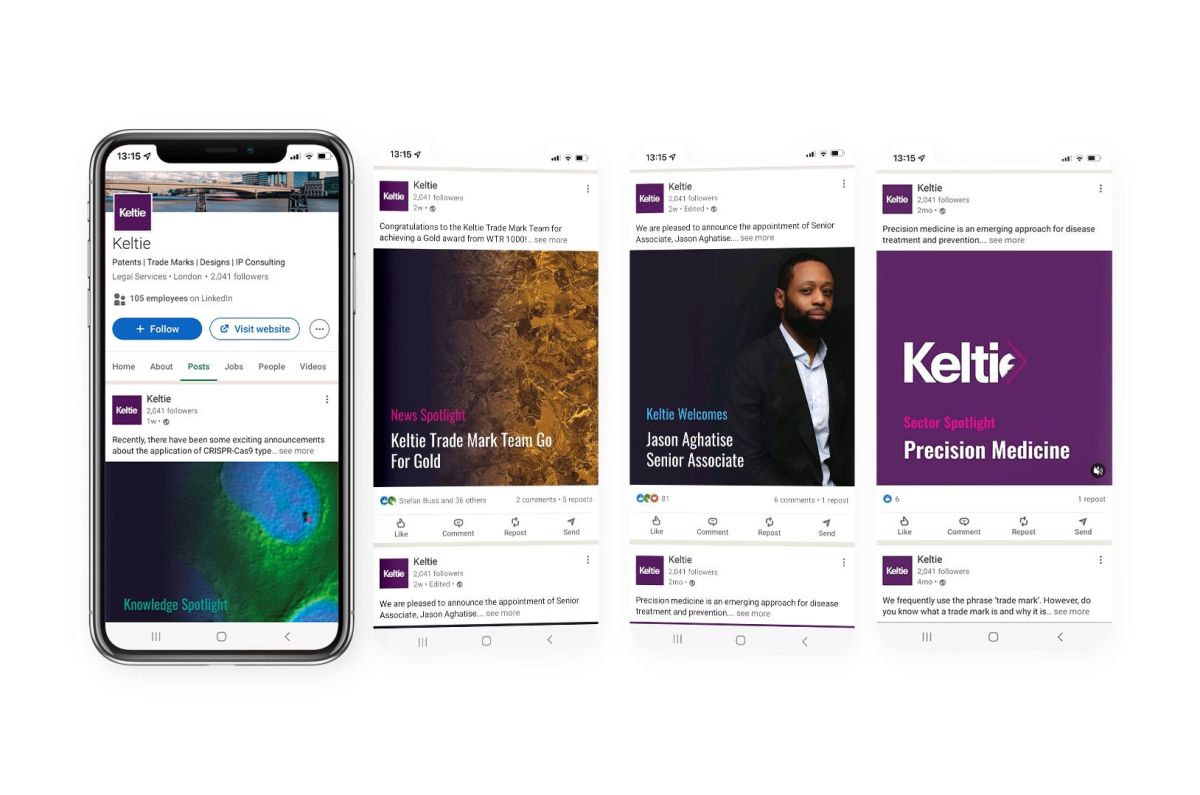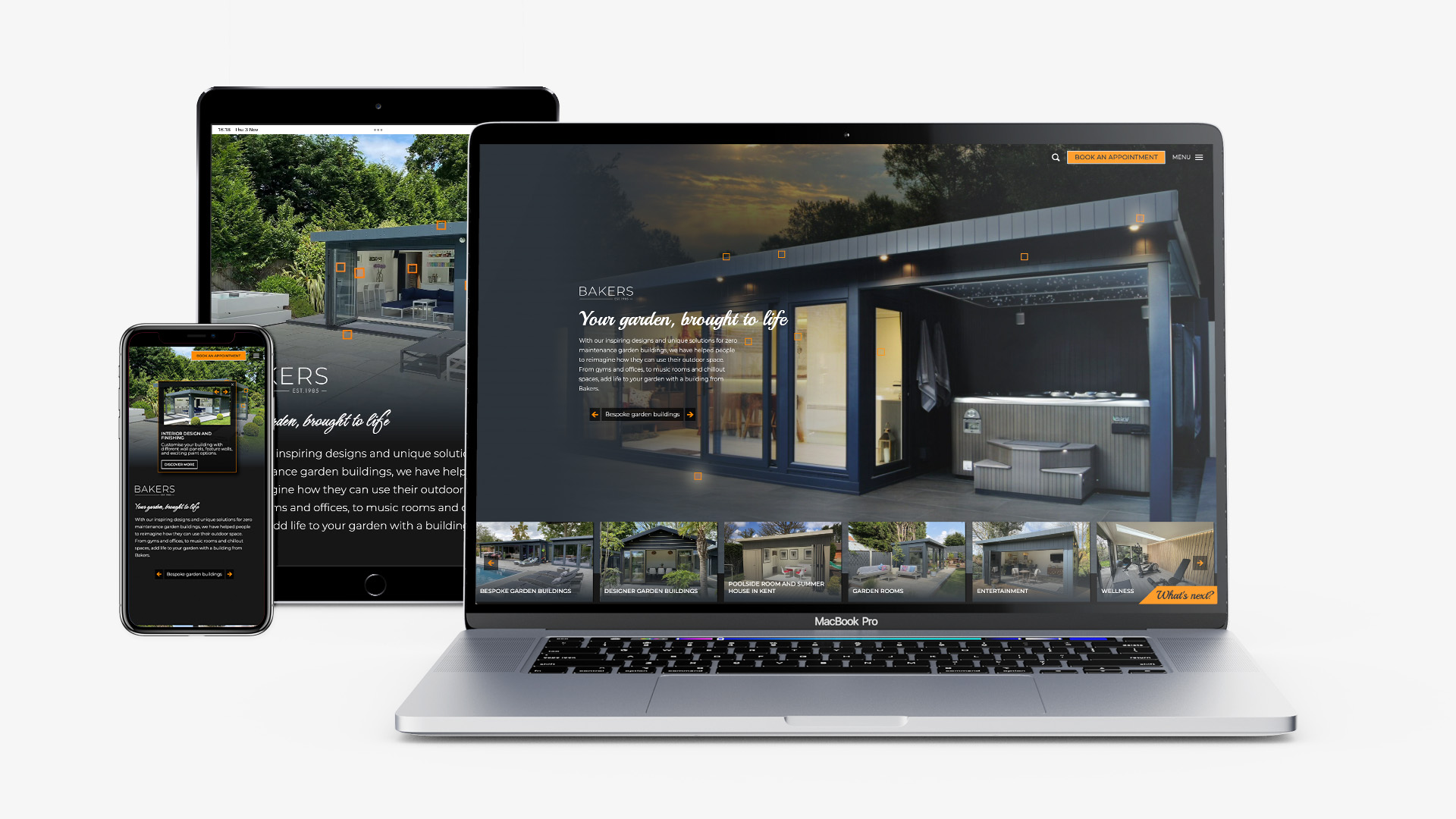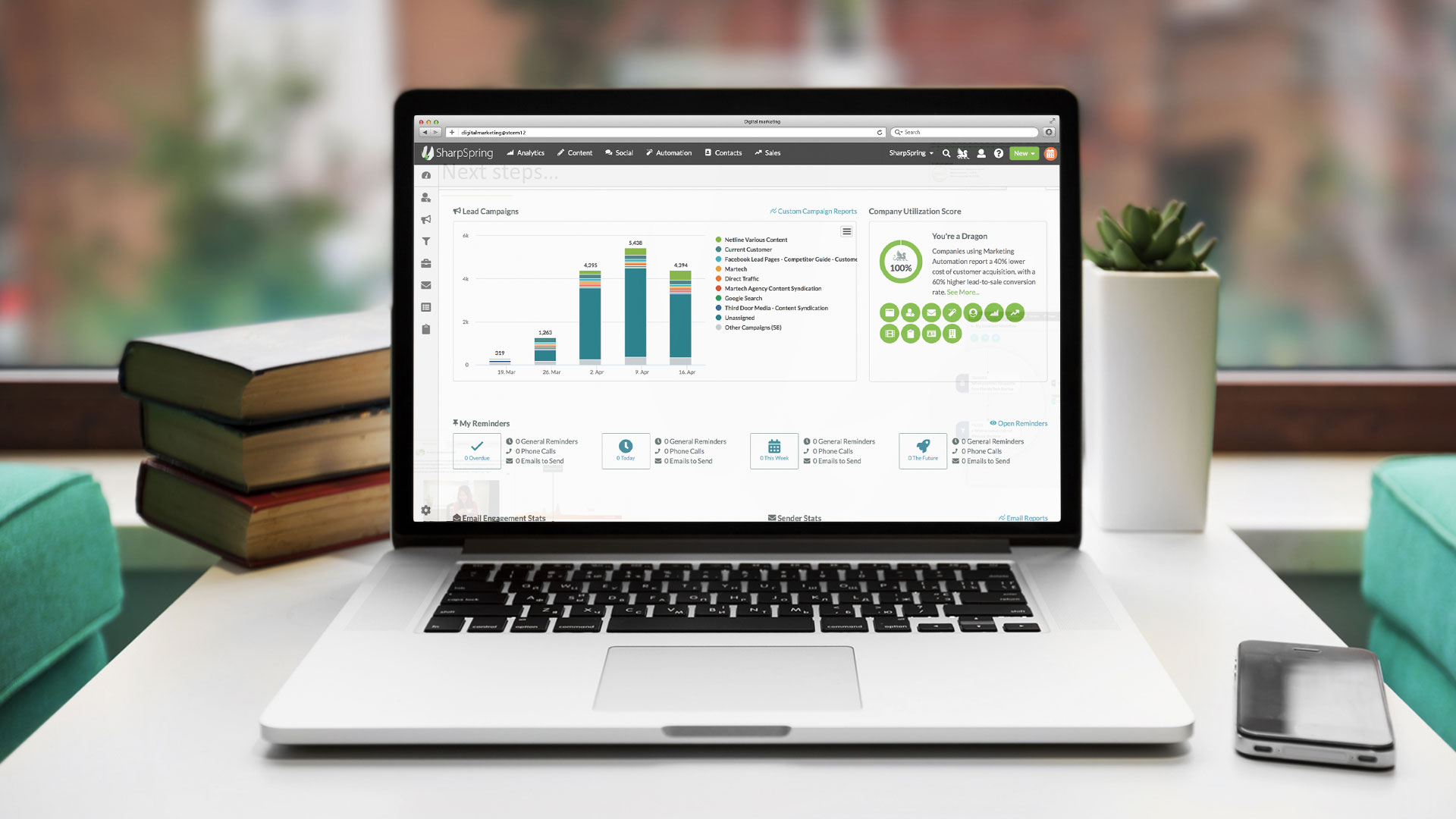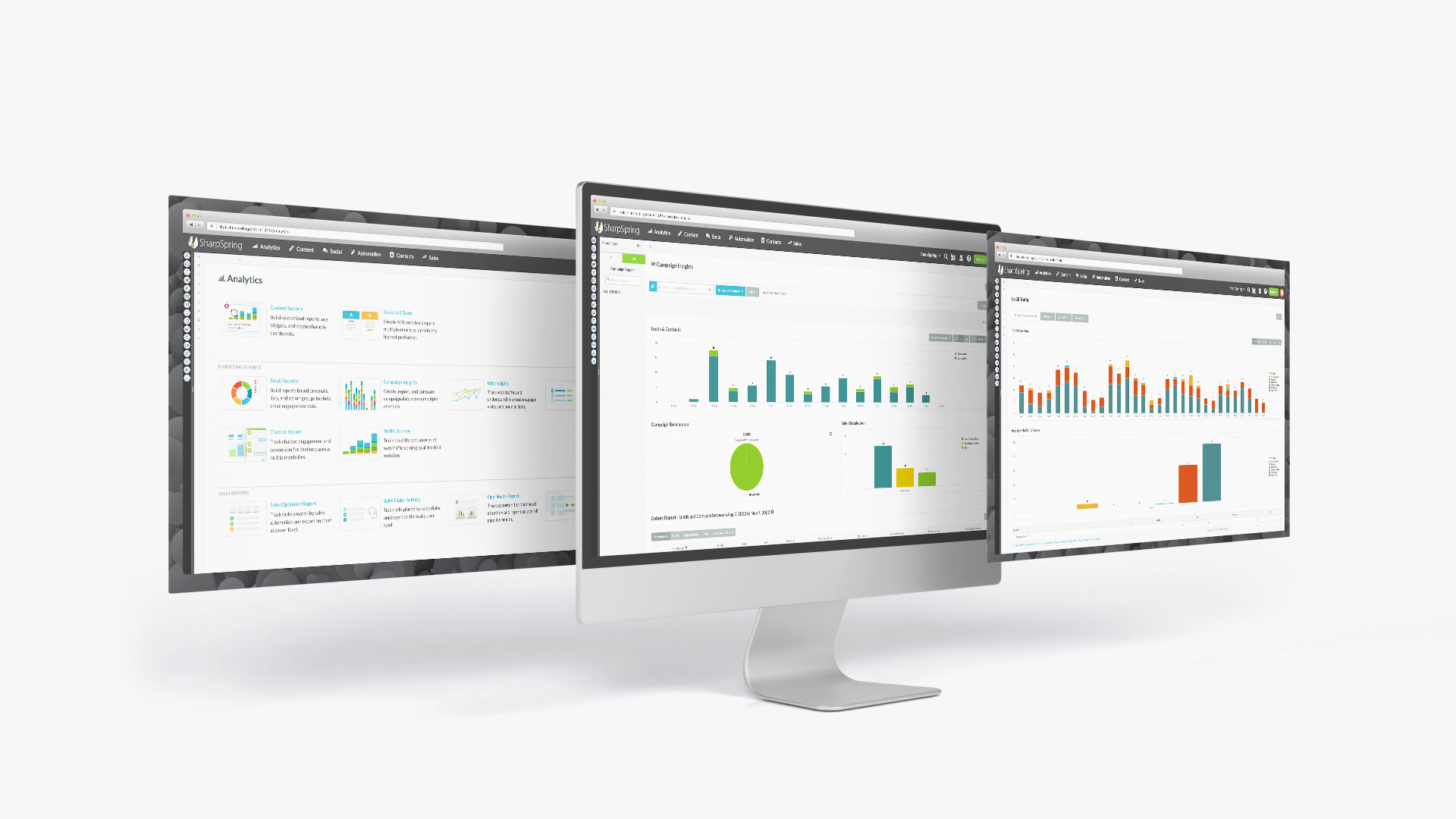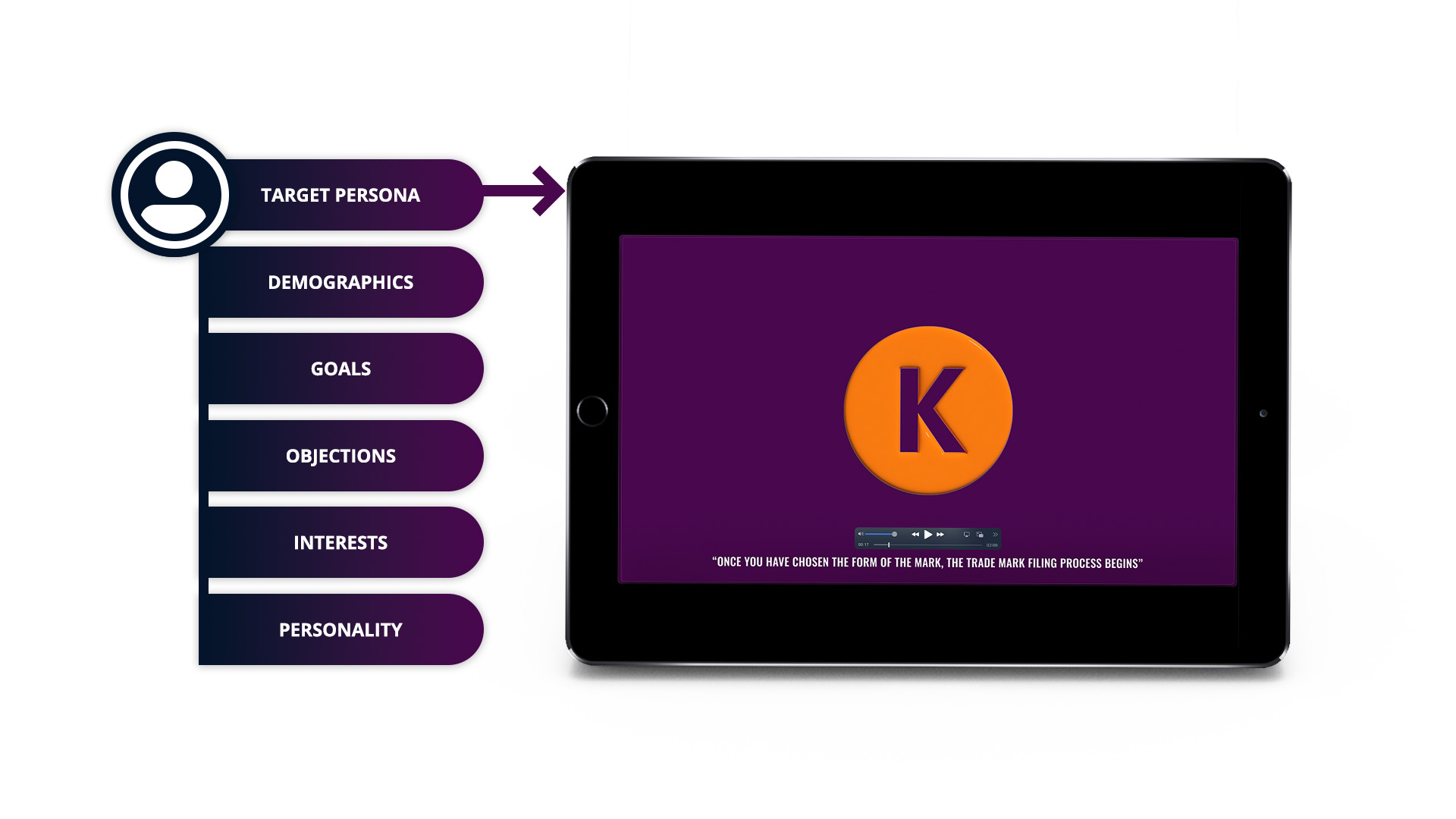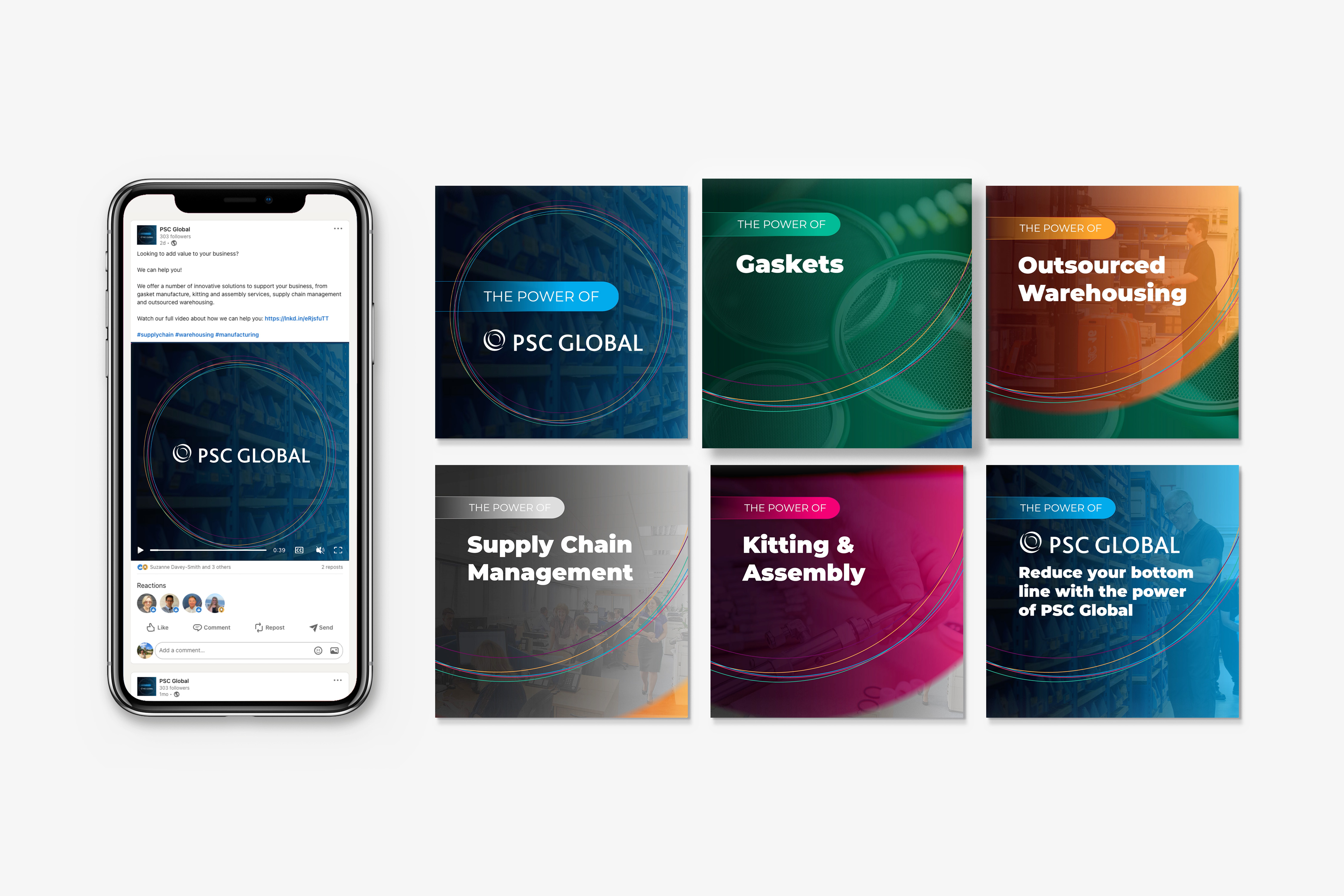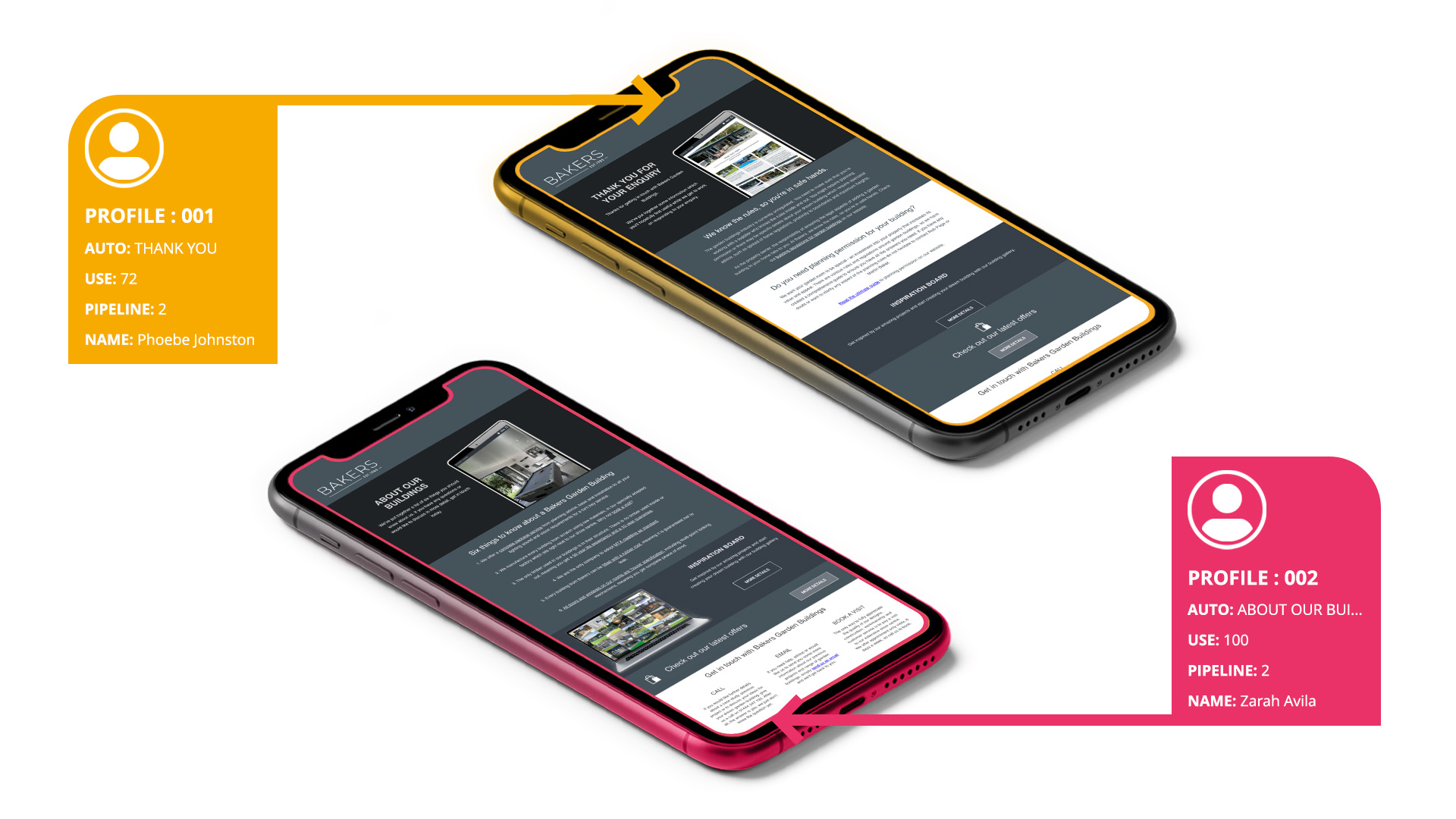The discovery phase is where we identify insights, opportunities and challenges. This involves conducting workshops, research, analysing data and engaging with customers and other stakeholders to gain a deeper understanding of their needs and behaviours.
The goal of this phase is to inform and guide the development of marketing strategies and tactics which are more effective in reaching and engaging your target audience, driving business growth and delivering value to your customers.
Why Storm12?
We Collaborate. Results-focussed. Hold your hand. Passionate. Honest. Fun. Committed. Challenging.
